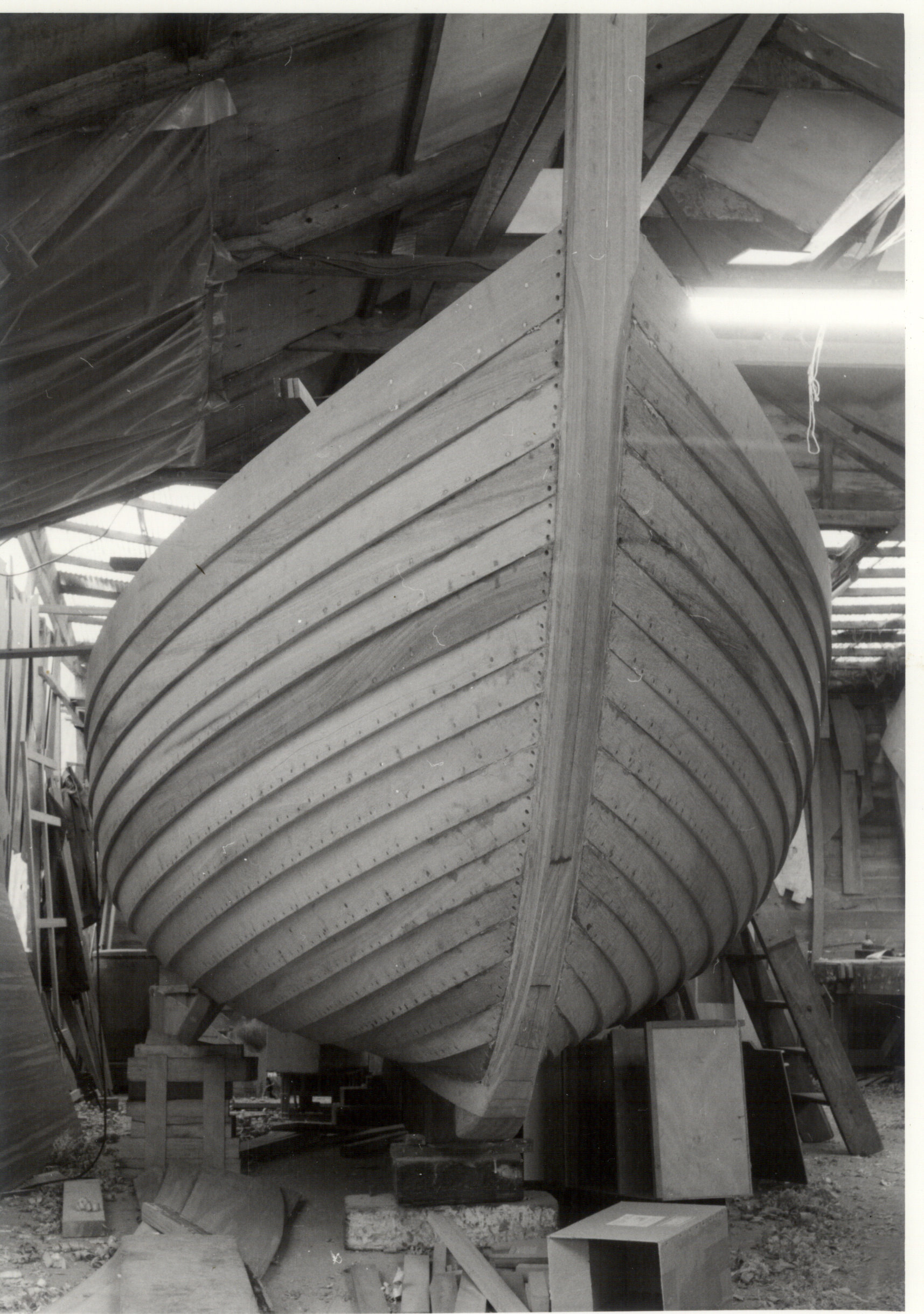
“A man builds the best of himself into a boat- builds many of the unconscious memories of his ancestors.” – John Steinbeck
The Heritage Crafts Association now lists traditional wooden boat building on its Red List as an ‘endangered craft’. This means that there are serious concerns about its ongoing viability. Boat building joins other skills, including canal art, oar and spar making, rope making and sail making in a depressingly long list of ‘crafts’ which are perhaps slipping through our fingers towards history and a soon-to-be-missed ‘bygone age’.
This word ‘craft’ is a heavy label, too easily associated with nostalgia, both optional and eccentric in a shiny, modern world. Crafts can only survive as a means of earning a living where there is sufficient demand for the best quality at a price that rewards the skills that they require.
There is another, more useful term that can be used to describe the methods that are used to create and manufacture artefacts. That term is workmanship.
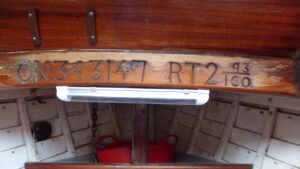
‘Free’ workmanship in a hand-carved registration number and tonnage
When Jon Wilson began publishing Wooden Boat magazine in 1974, he believed that wooden boats were a metaphor for all the things that mattered in our cheap, disposable culture. He wanted to open a channel through which the techniques of work could be passed on. Some artefacts, he saw, would continue to be made simply because some people demand individuality in their possessions. There was not a danger so much that boat-building (and numerous other skills) would die out, but rather that we would begin to forget how to judge the quality of made artefacts. We would take inferior workmanship for granted as the default, expected standard. We would build less well and not realise it.
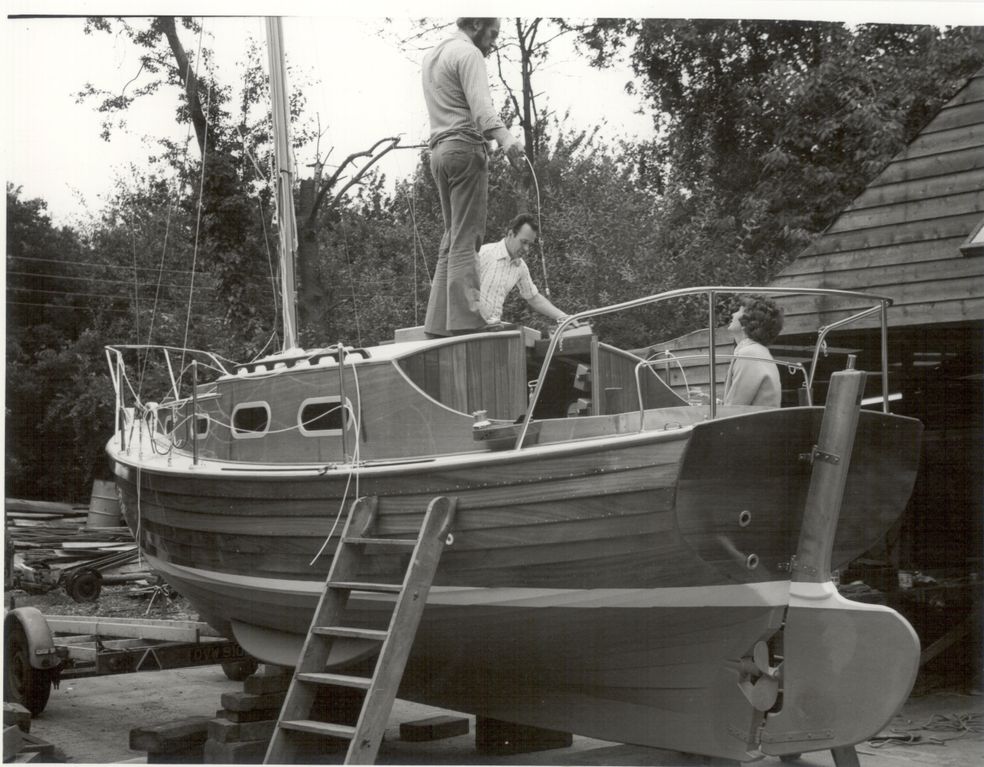
Some people demand individuality in their possessions
David Pye, in his 1968 book ‘The Nature and Art of Workmanship’, took a forensic look, opened a debate and- along the way- took the notion of the Arts and Crafts movement down a peg or two.
He introduced the concepts of ‘the Workmanship of Certainty’ and ‘the Workmanship of Risk’. The difference between the two is the answer to the question: “Is the quality of the product predetermined once production begins?” A GRP boat, made in a mould, is a work of certainty. A framed and planked wooden boat is a work of risk- it can be damaged, or it can deviate from its design, at any moment. In addition, it can also be enhanced so that it exceeds the design expectation.
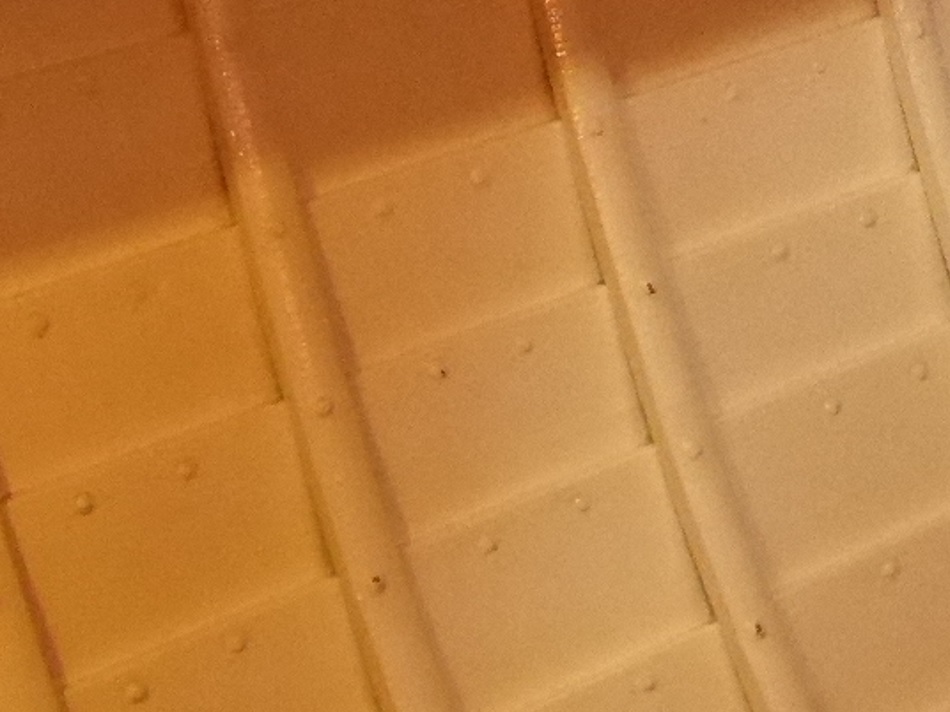
Copper rivets with imprecise spacings. This is ‘moderately free’ workmanship. The overall quality of the hull is a measure of how it approaches its (ideal) design
It should be noted that the creation of the GRP mould was itself a work of risk; however, every hull produced on that mould would be identical. It would also be (to all intents and purposes) perfect, in that it would resemble its ideal design. But this is not to say that, in contrast, the workmanship of risk always produces rough products. Certainly, rough work does exist- and it can be more full of life than a finely-finished product, in the way that a sketch can have more energy than a finished picture. There is also, wrote Pye, ‘free’ work, in which the product is made without recourse to measuring instruments. At the other end of the scale there is ‘regulated’ work, which has involved the use of jigs, forms, moulds and gauges.

Not everything needs a fine finish in order to do its job well and be durable
The quality of a work of risk is a measure of how closely the outcome approaches the design, since this is always the ideal (unattainable) form in the mind of the designer (who may also be the workman). ‘Bad workmanship’ foils or thwarts the design intention. ‘Good workmanship’ carries out the design, or may improve upon it.
We evolved, wrote Pye, in a natural world, in which most objects that we made for everyday purposes were roughly or freely made. Objects that were made precise and regular would be rare, and they would be revered. As civilisation became more established, we gathered more things around us that were made with a higher level of regulation. Nowadays, the natural world seems beautiful and friendly when we feel consoled and protected by accommodation and possessions that keep nature at bay. “We have … the feeling a sailor has”, he wrote, “when he goes below at the end of his watch, having seen all the nature he wants for quite a while”.
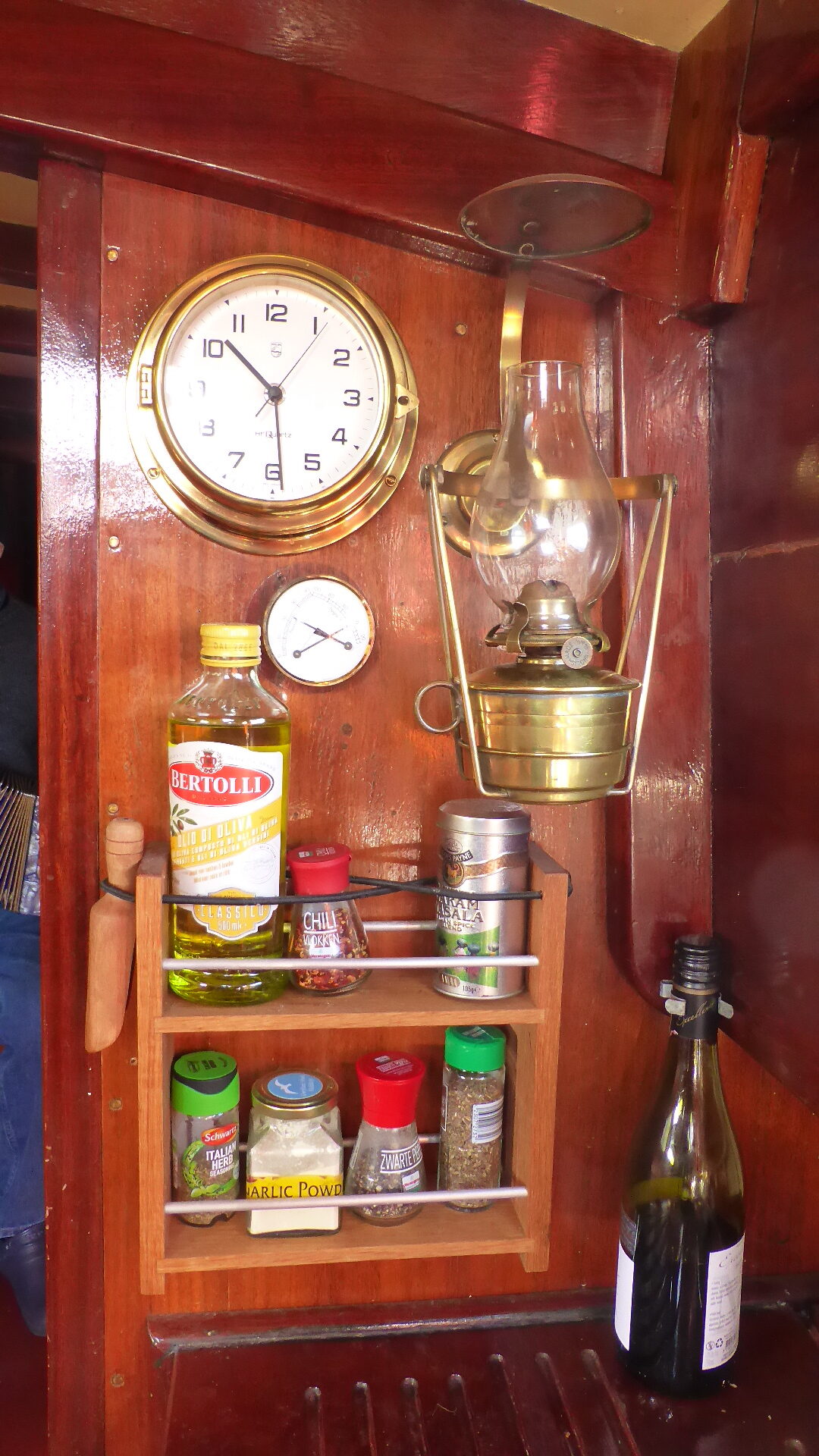
Nature kept at bay
But too much regulation in our modern environment has a deadening effect. We find that we adorn our houses with objects made by workmanship of risk, to re-establish a connection with the creativity and uncertainty of the lived life. We are attracted towards things that express the properties of the materials that they are made of, rather than hiding them. A wooden boat has a shape that is constrained by the material properties of wood, whereas a GRP boat can be any shape at all- and many of them are.
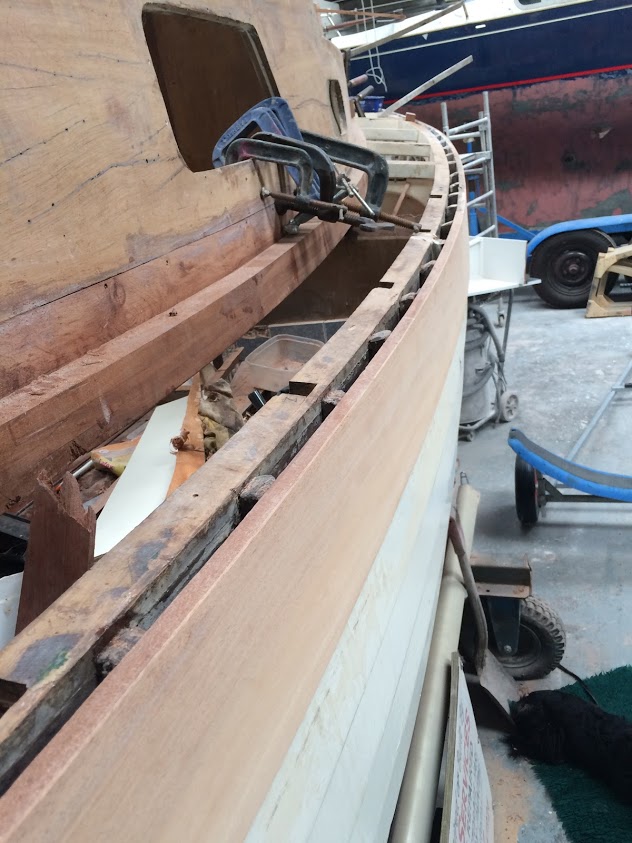
Timbers such as the beam shelves are bent to create both the sheer and the fore-aft curve, and may also twist to accomplish this. The properties of wood constrain the shape that a wooden boat can take
The workmanship of risk does not identify itself only by freedom, irregularity or defects; some of the most precise, highly-regulated work (in cabinetry, for example) is astonishing not just because it is a pleasure to view, but also because it would be different if it was made a second time. Alan Platt used to make his boats using the regulated workmanship of risk. That’s why they are both obviously well-designed, but also subtly different to one another. And why, since they are unrepeatable, we should look after them for their future owners.
Further reading:
https://heritagecrafts.org.uk/redlist/
‘The Nature and Art of Workmanship’, David Pye, Bloomsbury Academic, reprinted 2015
‘Wooden Boats’, Michael Ruhlman, Penguin, 2001


